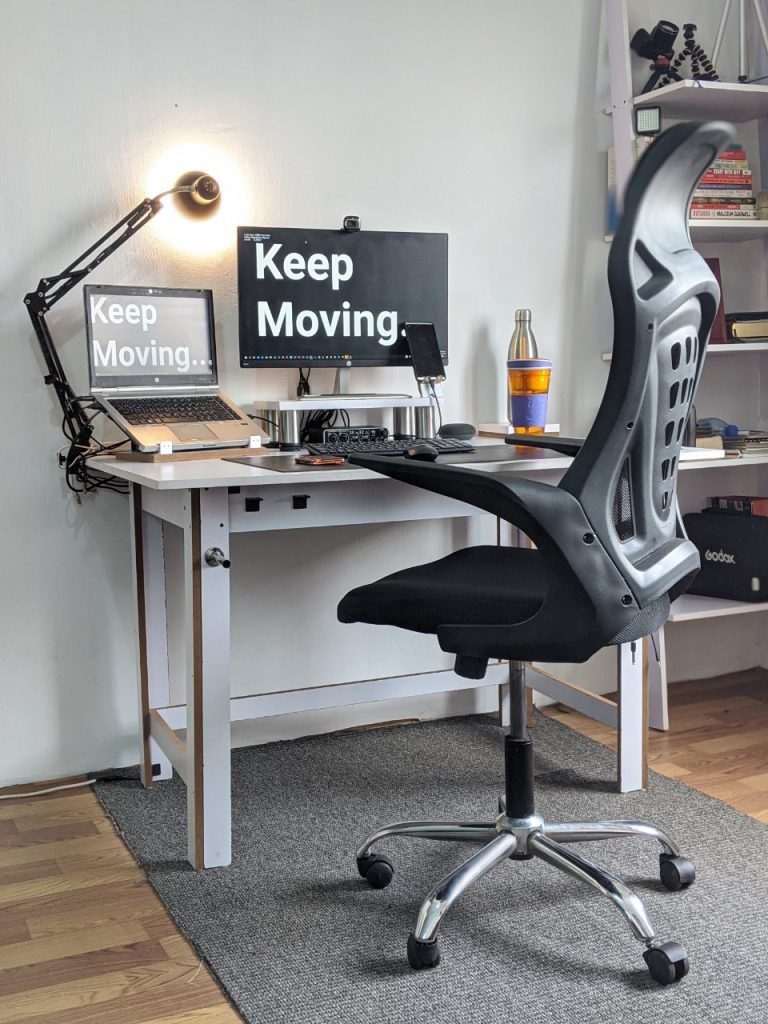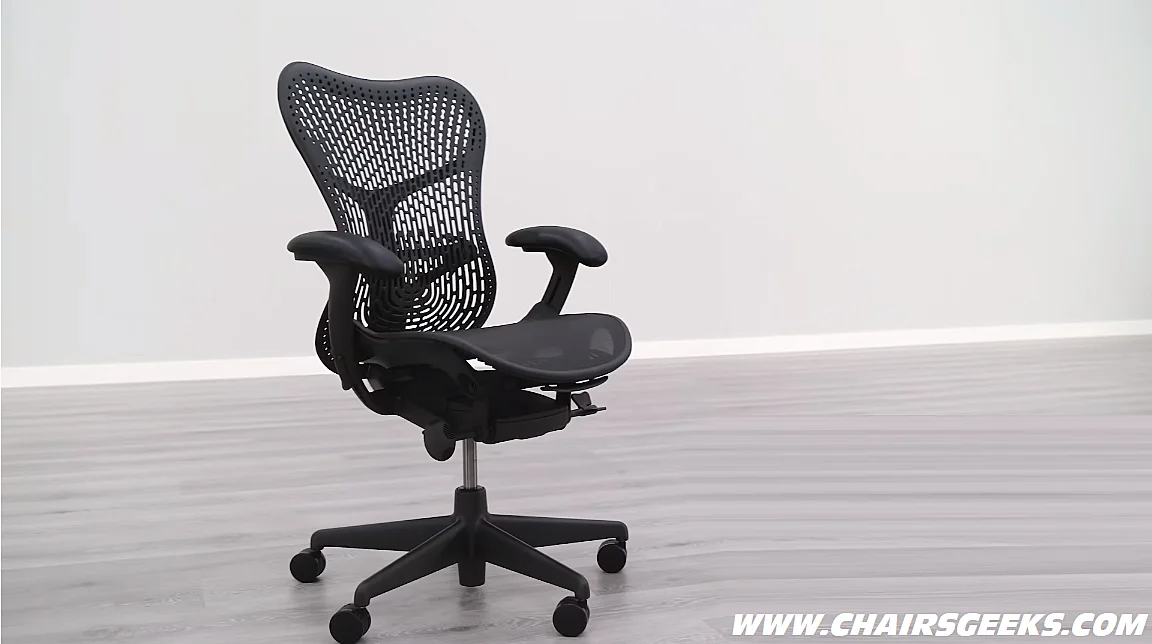Office chairs can be challenging to select, as comfort is a must. Office chairs and draft chairs are among the most popular chairs available on the market.
Did you ever wonder about the main differences between drafting chair vs office chair?
A drafting chair is different from an office chair, right? An office chair and drafting chair differ primarily in their foot rings and their seat heights. Drafting chairs usually have higher seat heights than regular office chairs as well. They’re also generally cheaper.
As a result of all the new features these chairs offer, they have become more popular. However, office chairs are generally pricey, and they go well with any sophisticated office environment.
We will discuss the differences between office chairs and drafting chairs in this article, and we will determine which one is best for you. Let’s dive into the discussion below.

Source: https://www.pexels.com/photo/home-office-interior-4930018/
The Office Chair: What is it?
The term office chair includes swivel chairs that come with wheels for mobility, which may also be height-adjustable, and the obvious use and purpose.
A Darwinian armchair improvised by Charles Darwin in 1849 is the first office chair known in history. He added wheels to the chair’s feet to move around his office easily.
There are many varieties of office chairs available today that suit the needs of a wide range of occupations. Kneeling chairs, executive office chairs, and ergonomic chairs are included.
Defining a Drafting Chair
Although they are both types of chairs, the term is often used interchangeably with ‘drafting stool.’ A drafting stool has no backrest or armrests.
It’s the kind used by artists and architects for drawing tables and standing height desks since it’s made specifically for them. However, the need for drafting chairs has not changed despite architects’ long-term adaptation of drawing on tablets. However, nowadays, drafting chairs aren’t only used by those who draft at drafting tables. They are even used by people who work at sit-stand workstations.
Drafting chairs have a much higher seat height than most other chairs, with over 30 inches. For this reason, drafting chairs often have a foot ring to help you rest your feet if you are seated and cannot touch the ground.
Pneumatic cylinders are another characteristic of most drafting chairs. Using this device, the seat does not sink after long periods of sitting.
Drafting Chairs vs Office Chairs: Side by Side Comparisons
1.Seat height
Seat height can be adjusted on both drafting and office chairs. In contrast, an office chair can only be easily adjusted to a maximum height of almost 22 inches, while the former can be easily adjusted to almost 30 inches or even higher.
The drafting chair allows the user to sit and rest without interrupting work while working at a high desk. Drawing chairs, however, have a major disadvantage: it isn’t easy to get in and out of them. Getting into and out of drafting chairs can be challenging for some users.
2.Features/Adjustments
A drafting stool is less adjustable than an office chair, which may surprise you. A similar-priced office chair may have more features than a drafting stool.
However, some drafting chairs may offer functions such as waterfall edge seats and seat tilt adjustment that may be necessary for heavy-duty use.
3.Price
As far as cost is concerned, both drafting chairs and office chairs are usually priced differently based on brand and material. However, drafting chairs are often cheaper than standard office chairs because they do not offer as many adjustments.
4.Footrest/Foot ring
In drafting chairs, a foot ring is a distinctive feature. A person having the average height would normally not have the both feet flat on the surface ground on the drafting chair. This is because of the high seat, which is they are having foot rings or the bars.
While regular office chairs may not have footrests, not all do. For an additional fee, some chairs can be equipped with footrests.
5.Armrest
Most office chairs have armrests, but drafting chairs do not always require them. They do not always have armrests.
A drafting chair’s seat height allows users to align their arms at a comfortable angle when working at a tall desk.
Office chairs often feature adjustable armrests that can be flipped upwards or downwards. The armrests of drafting chairs are usually 2D, however.

Source: https://www.pexels.com/photo/white-rolling-armchair-beside-table-1957478/
Comparison Table: Drafting Chair vs. Office Chair
| Drafting Chair | Office Chair | |
|---|---|---|
| Seat Height | The average height of the seat is between 25 to 35 inches. | The average height of the seat is around 16 – 21 inches. |
| Backrest | Mostly Mid-Back or the low back | Mostly Mid as well as High-Back |
| Lumbar Support | Lesser Prominent | More Prominent |
| Foot-ring | Footring is also present | Footring is not available |
| Armrests | Have basic and no armrests. | Most office chairs are included with the 3D, 4D and the Flip-up armrests. |
| Headrest | Headrest is not available | Headrest can be present or can be absent |
Conclusion: Which one is best to choose?
I understand it is extremely difficult for me to choose a perfect chair for you after researching both draft and office chairs.
The type of work you do completely determines this. An office chair or task chair is the best option if you work at a desk for prolonged periods.
If, however, your work demands a higher perspective, such as seeing the table from an architect’s or artist’s viewpoint, then investing in a drafting chair may be necessary.
Getting a drafting chair is a good idea if you often use standing desks or if your desk is taller than normal. It is important to ensure that the drafting table has a higher seat height and an adjustable foot rings if you buy one.

